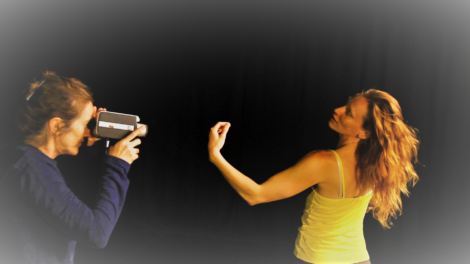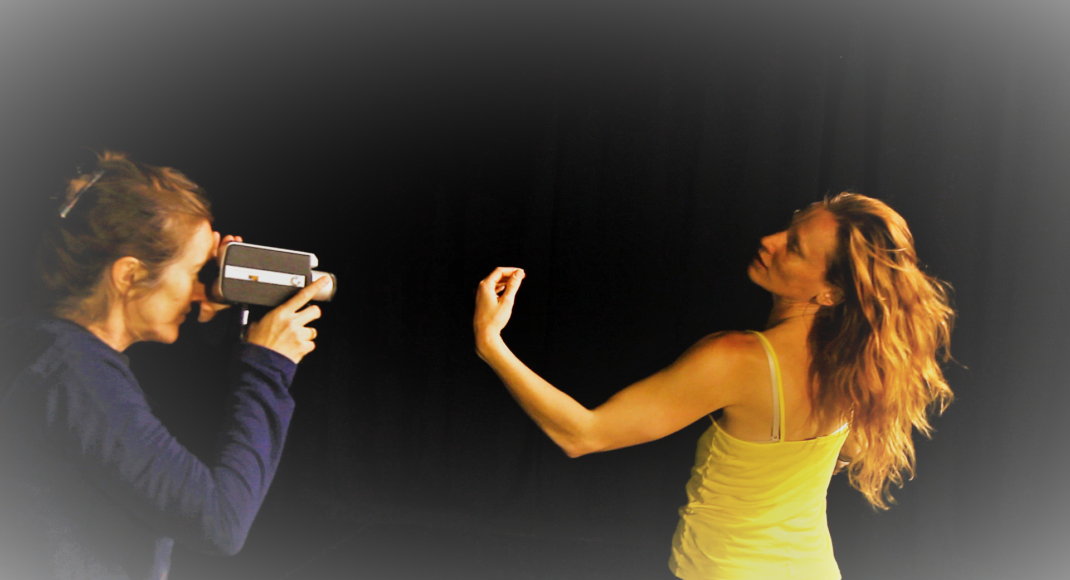There is much that is interesting in Sue Healey’s Platform Paper published by Currency Press on 1 August 2019. What I found very readable was the information about Healey’s early career. There were her early dancing days in New Zealand, her father’s interest in making Super 8 movies, the nuns who taught her at school, her move to Australia, her student days at the Victorian College of the Arts, and her work with Nanette Hassall and DanceWorks. It was good too to read her discussion of the various processes she has gone through to develop her exceptional film making techniques, her thoughts on the various short films she made, and her remarks on her more recent move to making longer works. Some of her films have been reviewed on this website, most recently Eileen, and I have thoroughly enjoyed writing about them.
All this background leads in the Platform Paper to the three provocations Healey presents at the end of the paper. They basically relate to the role of independent dance and independent artists in society and culture. In a slightly abbreviated form the provocations are:
- Independent dance artists deserve to be funded in a more realistic and sustainable manner.
- Dance must extend its boundaries without losing sight of its own intrinsic qualities as a discipline.
- We need an active debate about why dance continues to be relevant, who creates this relevance, and how to generate new opportunities for artists.
What bothers me, however, is the reliance throughout the paper on what I think has become a cliché: dance is ephemeral (with the often unspoken but usually implied notion that, as a result, dance has nothing much to offer conceptually, intellectually or any other ‘-ually’ word). I realise, of course, that Healey does not fall into the category of someone who thinks that dance has no lasting value because it is ephemeral, but many do think that way. Of course dance is ephemeral but so is anything we see (or hear) in the theatre. Is it the existence of words and a script connected with a play, or the existence of musical notation in a concert that causes many to think that these art forms are not so ephemeral and therefore more worthy in some way? As it happens there are dance works these days that use words in various circumstances and for various reasons. Lloyd Newson’s creations come to mind immediately. And, of course, Healey first ventured into film making to ‘make dance stay around for a bit longer’.
Despite the above, I really enjoyed Healey’s paper, and the Vimeo links to selections from her film works are a bonus. But I would have loved the paper to have had a fourth provocation that questions the notion of ephemerality in the arts and how people outside the immediate dance world can be persuaded that this does not make dance an inferior art form. We always seem to be justifying its presence.
Capturing the vanishing: a choreographer and film by Sue Healey. Platform Paper No. 60, August 2019. (Sydney: Currency House). More information at www.currencyhouse.org.au
For more about Sue Healey on this website follow this tag link.
Michelle Potter, 13 August 2019
Featured image: Sue Healey and Sarah Jayne Howard during the filming of Virtuosi, 2012. Courtesy of Sue Healey

